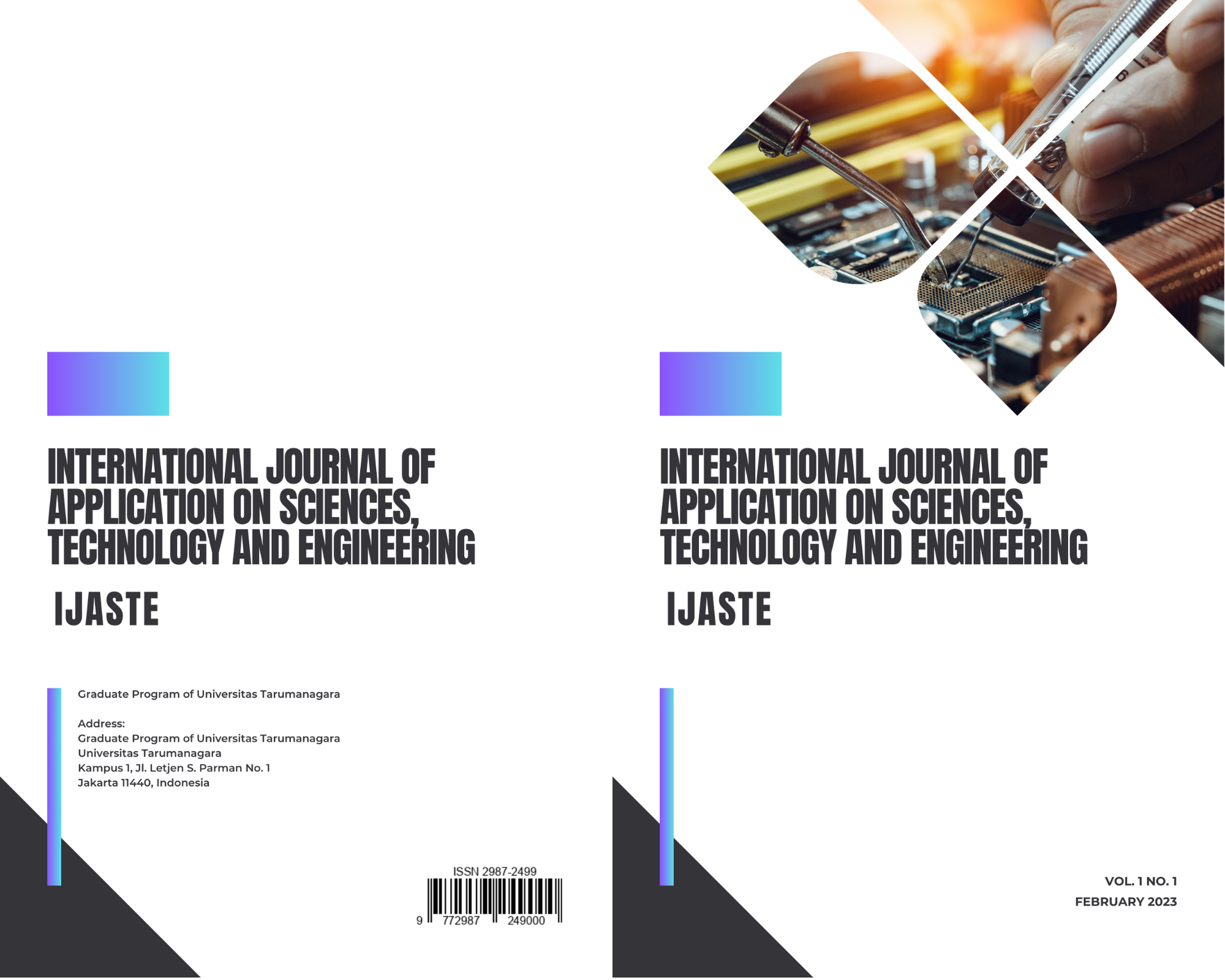Monitoring for Temperature of Three Phase Induction Motor at Chemical Industry Using Internet of Things
Main Article Content
Abstract
Induction motor is the most motor applicable in the world. especially three phase induction motor. Furthermore 95% of induction motor are used as propulsion in industry. However, maintenance costs are large enough more than 50% of operating costs of the industry or the factory. To reduce these costs is to detect early faults in induction motors. One way to detect initial faults is to measure and analyze the temperature of the induction motor. In this research, the authors design temperature monitoring of a three-phase induction motor using the internet of things to make it easier for users to monitor the temperature of an existing three-phase induction motor and to schedule maintenance if temperature reach the operating limit. The field system elements consist of SoC ESP32 to collect data from 2D temperature, to drive lead screw and to send data to cloud. The SoC ESP 32 is connected to the AMG8833 temperature sensor array which collect the frame of temperature of a three-phase induction motor in the form of an 8x8 array. In addition, the SoC ESP32 is also connected to the motor driver L293D to regulate the movement of geared DC motor. Geared DC motor is used to drive the lead screw which already has a mount for placing the AMG8833. From the test on 18.5 kW, 360V induction motor installed in chemical industry, it is obtained the sensor can measure temperature accurately and it travel smoothly above frame. In the storage using MongoDB database, the data transmission fulfilled the QoS requirement.
Article Details

This work is licensed under a Creative Commons Attribution-NonCommercial-ShareAlike 4.0 International License.
References
A. Glowacz and Z. Glowacz, “Diagnosis of the three-phase induction motor using thermal imaging,” Infrared Physics Technology 81, 7–16 (2017).
N. Saad, M. Irfan, and R. Ibrahim, “Condition monitoring and faults diagnosis of induction motors,” (CRC Press, New York, 2018) Chap. 1, pp. 1–2, 1st ed.
G. Singh, T. C. A. Kumar, and V. N. A. Naikan, “Fault diagnosis of induction motor cooling system using infrared thermography,” IEEE 6th International Conference on Power System (ICPS) , 1–4 (2016).
R. H. C. Palacios, I. N. D. Silva, and W. F. Godoy, “A novel multi-agent approach to identify faults in line connected three-phase induction motors,” Applied Soft Computing 45, 1–10 (2016).
E. A. Elisabeth and Jebaseeli, “Monitoring the thermal behavior of induction motor using regression technique,” Innovations in Power and Advanced Computing Technologies , 1–4 (2017).
W. Gu, Q. Huang, S. He, G. Ma, and Q. Wang, “Industrial intelligent optimization system based on industrial internet platform,” IEEE 11th International Conference on Software Engineering and Service Science (ICSESS) , 523–526 (2020).
Chapman and S. J., “Electric machinery fundamental,” (McGraw-Hill, New York, 2012).
J. Faiz, V. Ghorbanian, and G. Joksimovic, “Fault diagnosis of induction motors,” (The Institution of Engineering and Technology, London, 2017).
A. B. Haripiya, K. A. Sunitha, and B. Mahima, “Development of low-cost thermal imaging system as a preliminary screening instrument,” Procedia Computer Science 172, 283–288 (2020).
U. Jayalatsumi, A. F. Naaz, K. Sravani, A. Anusha, and A. Vasavi, “A low cost thermal imaging system for medical diagnostic applications,” International Journal of Engineering Technology 7, 314–317 (2018).
P. Smutny, M. Babiuch, and P. Foltynek, “Using the esp32 microcontroller for data processing,” 20th International Carpathian Control Con-ference (ICCC) , 1–6 (2019).
“L293d push-pull four channel driver with diodes,” STMicroelectronics (datasheet).
D. K. Halim, N. M. Song, and D. Hartono, “Arduino-based ide for embedded multi-processor system-on-chip,” 5th International Conference on New Media Studies (CONMEDIA) , 135–138 (2019).
Nixon and Robin, “Learning php, mysql javascript: With jquery, css html5,” (O’Reilly Media, USA, 2014) 4th ed.
H. Krishnan, M. S. Elayidom, and T. Santhanakri, “Mongo-db–a comparison with nosql databases,” International Journal of Scientific and Engineering Research 7, 1035–1037 (2016).
“Mongodb,” https://docs.mongodb.com/manual/core/document (Accessed 12 January 2022).
J. Xu, Z. Zheng, and M. R. Lyu, “Web service personalized quality of service prediction via reputation-based matrix factorization,” IEEE Transactions on Reliability 65, 28–37 (2016).
Fahmi and Hasanul, “Analisis qos (quality of service) pengukuran delay, jitter, packet loss dan throughput untuk mendapatkan kualitas kerja radio streaming yang baik,” Teknologi Informasi dan Komunikasi 7, 98–105 (2018).
S. W. Pamungkas, Kuseini, and E. Pramono, “Analisis quality of service (qos) pada jaringan hotspot sma negeri xyz,” Sistem Informasi dan Teknologi Informasi 7, 142–152 (2018).
G. Ash, B. Davie, J. Evans, A. Farrel, C. Filsfils, P. Loshin, D. Medhi, M. Morrow, R. M. Perea, L. L. Peterson, K. Ramasamy, J. Strassner, K. Vijayananda, and Z. Wang, “Network quality of service know it all,” (Elsevier, Burlington, 2009).
T. Szigeti, R. Barton, and C. Hattingh, “End-to-end qos network design,” (Cisco, USA, 2014) 2nd ed.



